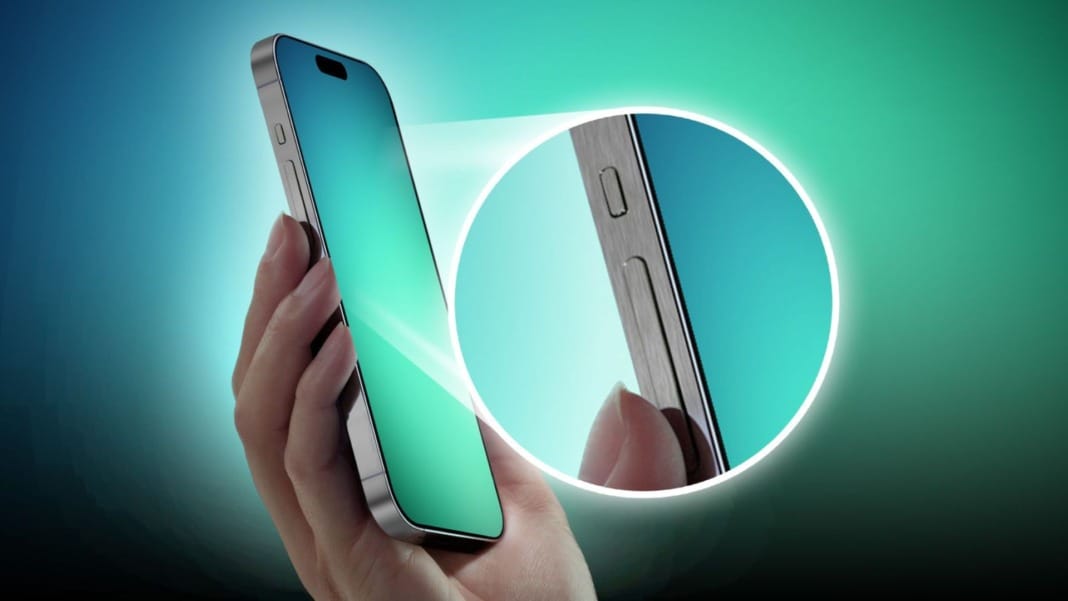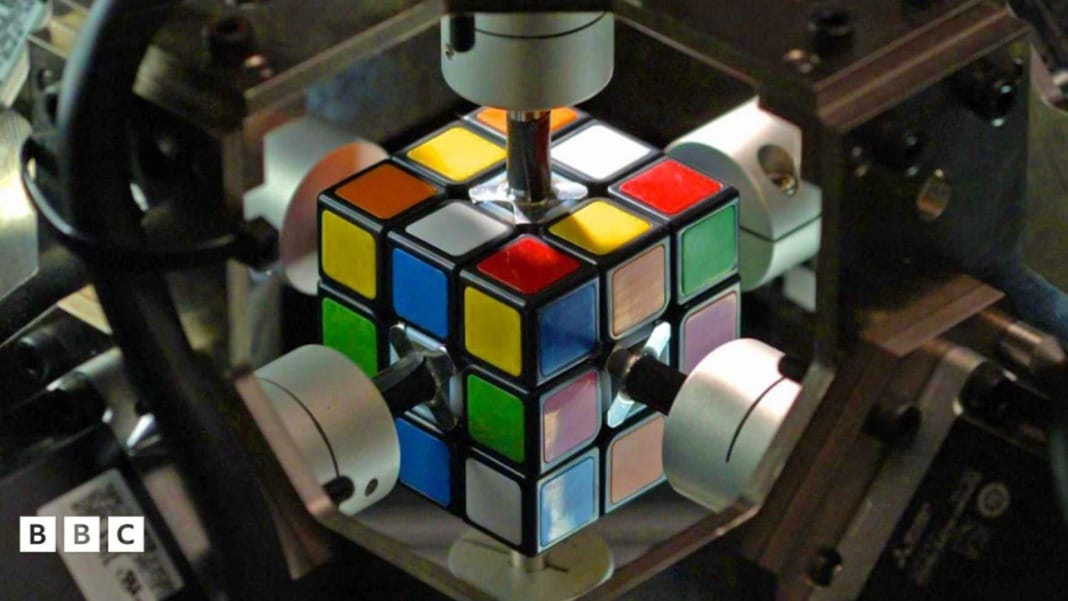Apple is reportedly revisiting a project that could change how you use buttons on your iPhone, iPad, and Apple Watch. The tech giant is believed to be working again on solid-state buttons with haptic feedback—technology designed to feel like a real button press despite no physical movement.
Apple revisits button design with a new approach
According to a leak from Instant Digital, Apple has started developing a new type of button built directly into the device’s frame. This button wouldn’t move like a traditional one—it has “no rebound when clicked”—but thanks to haptic feedback, it would still feel like a mechanical press. The aim is to create a button that behaves just like a physical one, even though it’s completely solid.
The feature might not be limited to the iPhone. Sources say Apple is also considering bringing this new button design to the iPad and Apple Watch. This move could improve durability by reducing moving parts and making the devices more dust—and water-resistant.
The idea of Apple developing solid-state buttons first emerged in late 2022. At the time, trusted analyst Ming-Chi Kuo claimed that the iPhone 15 Pro would include volume and power buttons using this technology.
Previous setbacks put the idea on hold
Apple supplier Cirrus Logic supported these claims in one of its earnings calls. The company mentioned that a “strategic customer” was set to introduce a new HPMS (high-performance mixed-signal) chip for smartphones, which many believed was related to Apple’s solid-state button project.
Later reports, including a new toggle in the iPhone’s Settings app to adjust button sensitivity and leaked CAD designs of the button, confirmed that Apple was serious about the plan. But then things changed.
Not long after, Apple reportedly encountered design issues with the buttons. According to Instant Digital, the biggest problem was “mistouches”—the buttons would register incorrect inputs, making them unreliable. Due to these issues, Cirrus Logic announced that the feature had been cancelled.
At that point, Apple decided to shift its focus. Instead of continuing with the problematic button design, it started working more heavily on improving display and battery technologies for its devices.
A comeback could still be a way off
Now, Apple has quietly restarted work on the project. While the company hasn’t made any official announcements, Instant Digital says development has resumed. However, don’t expect to see these new buttons on the iPhone 17, which is scheduled to launch next year.
It’s still unclear when—or if—these solid-state buttons will make their way into actual Apple products. However, this project revival suggests that Apple hasn’t given up on the idea and may take a more refined approach to getting it right.
If successful, this could mark another step forward in Apple’s device design. Apple aims for a cleaner, more seamless user experience without giving up the familiar feel of pressing a button.





